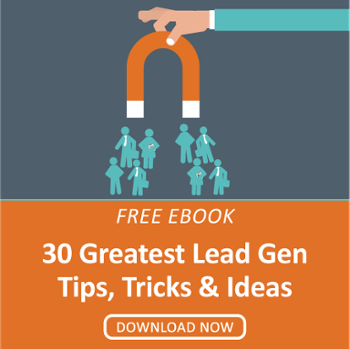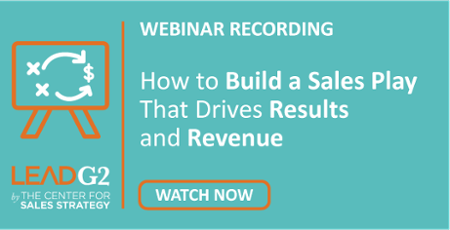As inbound marketers, we work really hard to generate leads for our salespeople. We labor away at content revisions, review analytics and trends, optimize for SEO, schedule tweets and posts, and do everything in our power to get qualified visitors to the site to ultimately convert into leads.
But what happens when a lead comes in, goes through the sales funnel, and your salespeople make critical mistakes that jeopardize your chance of closing the deal?
Your salespeople could be wasting your hard earned inbound leads by not following up correctly, often enough, or at all. Keep reading, we have a solution!
 3 Ways Salespeople Waste Inbound Marketing Leads
3 Ways Salespeople Waste Inbound Marketing Leads
If your business goals go beyond generating leads and rely on actually converting leads into new customers and revenue, then it's essential to understand (and prevent) the three ways that your leads are going to waste.
1. They aren’t making enough points of contact.
Did you know that 80% of sales are actually made on the fifth to twelfth contact?
This is true for cold calling and other types of outbound prospecting, but it’s also true for inbound leads. Some our best customers didn’t convert from a lead to a sales qualified lead until multiple touch points that delivered different value. You can’t give up after a couple tries.
The graphic below presents data from the National Sales Executive Association, so you can see the value of multiple points of contact and how it increases your conversion rates. What’s key here is that each approach is different and that there is a valid business reason.
2. They aren’t using a valid business reason when they make contact.
Making the suggested 8, 10, 12 points of contact isn’t going to be enough… salespeople have to use the right kinds of communication and approach based on many different variables.
A bottom of the funnel lead (someone who requested a consultation or possibly has been downloading and engaging with your site for months) should be approached differently than a top of the funnel lead (someone who simply subscribed, read a few blog posts, and downloaded an eBook).
What does providing a valid business reason mean?
It means you aren’t simply asking for an appointment or “just checking in,” but instead you are answer these five questions:
- Does your communication provide a reason why they should move you up on their priority list?
- Does it make clear why they should want to talk to you?
- Does it deliver additional value in the form of education, content, or resources they can view to keep learning?
- Does it relate to needs they likely have and are you using lead intelligence to customize your communication (not just a generic approach)?
- Does it show your empathy, expertise, and problem solving capabilities?
3. They aren’t following up at all, because they don’t see value in your leads.
FYI - marketing has control over this.
Unfortunately, this is one of the most common and worst case scenarios we see with organizations that don’t have a true sales and marketing alignment.
When salespeople don’t truly understand the initiatives or goals of what your inbound marketing efforts are, this leads to distrust. If lead generation is a relatively new tactic for your company, then sales has no reason to really value these leads because they’ve probably always just relied on themselves.
Another aspect that can cause distrust is the marketing department prematurely sending leads to salespeople, and eventually they lose value or priority over time. Salespeople should only be reaching out to Sales Qualified Leads (SQLs) that have passed through a filter of criteria. A system should be in place to convert leads into Marketing Qualified Leads (MQLs), and eventually SQLs, before they are ever handed off to sales.
The Solution: A Sales Playbook
While these are just three of the top reasons your salespeople are likely not following up properly, or at all, with your inbound marketing leads you’ve worked so hard to get for them - there are likely many more.
The good news is that most of this can be remedied with better communication and training. One of the surefire ways to do this is to equip your salespeople with a Sales Playbook and sales plays with very specific steps they should be taking with your inbound leads.
For instance, do they know what email to send when someone simply downloaded an eBook from your site vs. what email to send when someone requests a consultation?
A Sales Playbook is a customized approach to your unique sales process that puts the right strategy, best practices, content, and resources at the fingertips of your salespeople so they can take the right steps, at the right time, with the right people.
Editor's Note: This post was originally published on June 9, 2017 and has been updated.
.png)








Leave a Comment